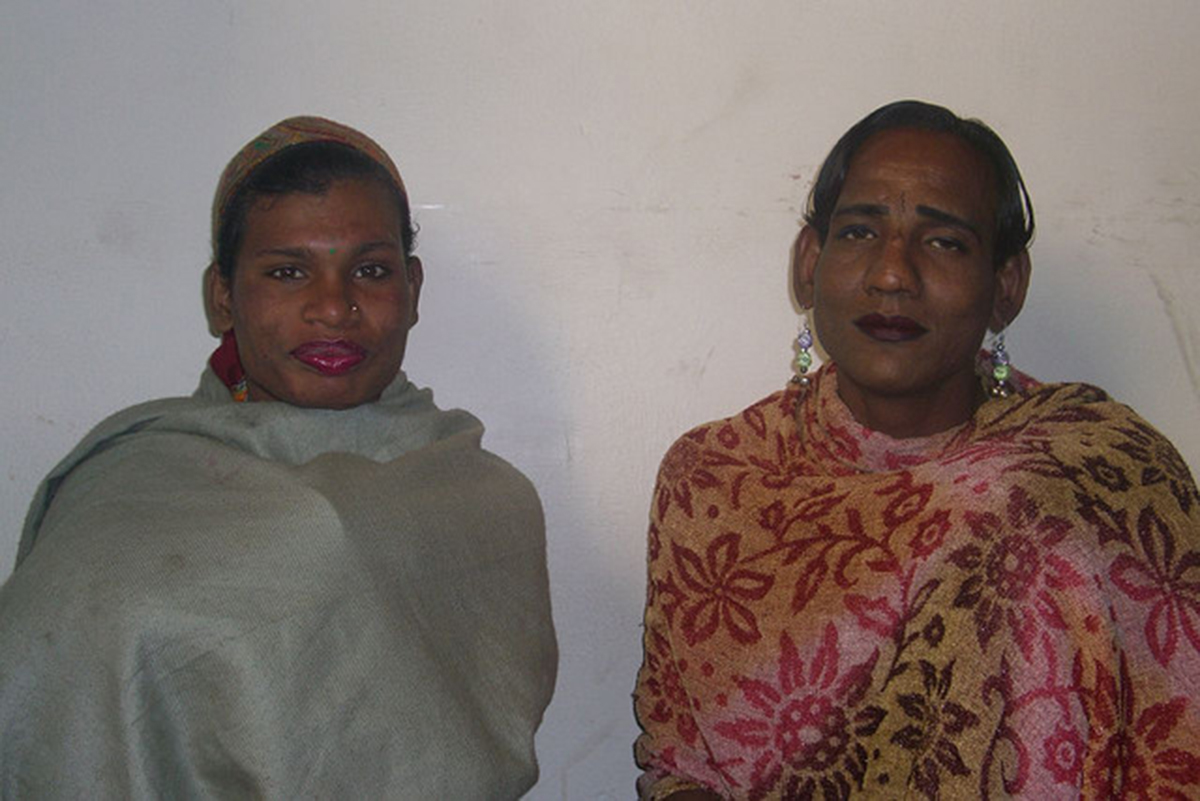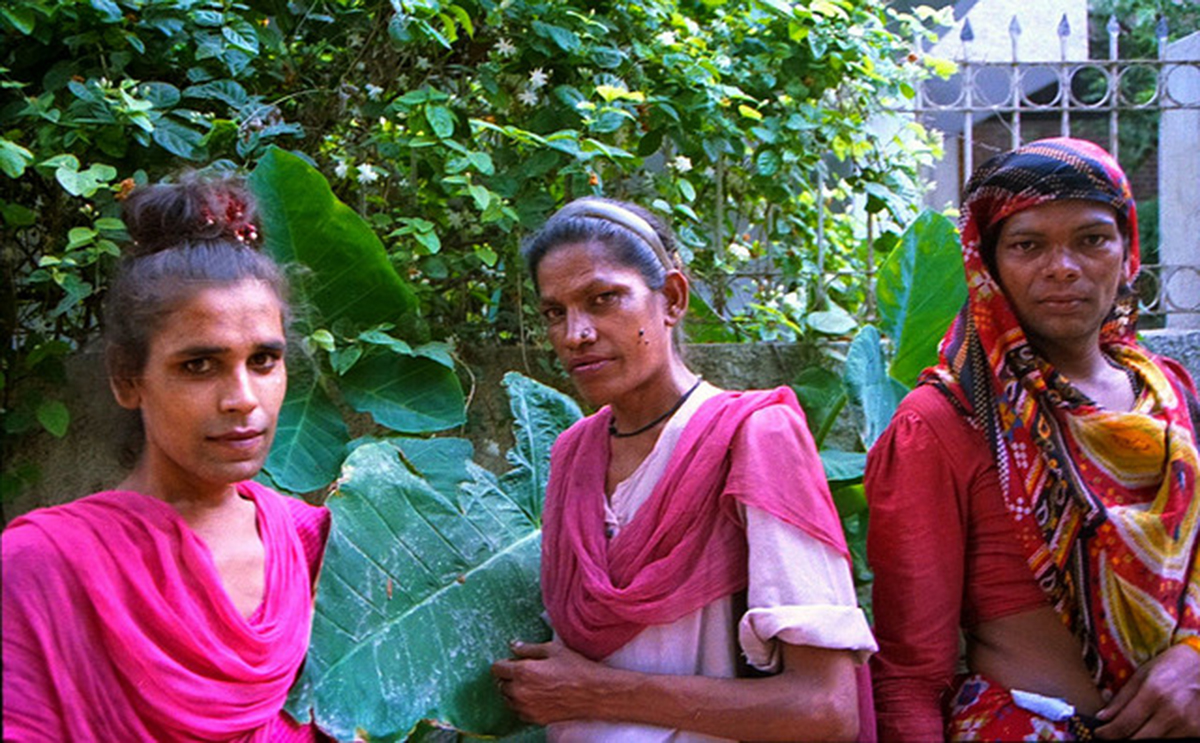India has a strained and unique relationship when it comes to dealing with the transgender community. These people have been denied their rights, find it difficult to find housing or jobs and are often ridiculed or mistreated.
This is particularly strange because history has shown that transgender women, or hijras as they are referred to, were considered harbingers of good luck and fertility and were given an important place during religious rituals. Somewhere along the way, however, this transgender community lost its happy relationship with society.

The History Of The Hijra Community
Hijras were mentioned as far back as 4000 years ago. They also have a place in some of the earliest written epics in both Hindu and Muslim mythology. Their community usually comprised that of a "mother" or mentor who would take under her care the "daughter"’ and then train her to follow the rituals and practices of their community.
The hijra community usually existed as a hijra only dwelling, although there were few restrictions on them living amidst other people. This is slightly different than the eunuchs described in Muslim literature since those were sexually inactive and did not dress as women.
The word hijra has come to denote eunuchs who dress as women and earn their living through alms earned by their presence at religious ceremonies, blessing new born babies and newlywed couples.
Religion
The hijra community prays to a number of deities and gods that embody the combining of the male and female selves in Hindu Mythology. The most popular among these is the god Shiva, one of whose avatars is half man and half woman. There are plenty of other great figures in Hinduism like the warrior Arjun, who lived as a eunuch for a year, Krishna, and Buhuchara Mata,the mother goddess.
Social structure
There are many ways in which people come to be hijras. They can be born eunuchs who are shunned by their families and given over to the hijra community. They may be people who were born as men but felt more like women trapped inside a man’s body. Such people can undergo castration and then join the hijras or they may be men who still maintain their own sex organs but for all intents and purposes behave like women.
In return, it is understood that all the earnings that a daughter would collect would be handed over to the mother. This practice is very prevalent and even though some among the community complain of exploitation, very few actually break away and start households of their own with different rules.
READ Could My Child Be Transgender? Exploring The Signs And The Future
Those who are steeped in the culture believe that the role of the mother in the hijra community is as important or perhaps even more so than in traditional households. It is possible for a daughter to move into the household of another mother but it involves a payment for such an exchange to occur and possibly an increase in the amount of money required to keep your place in the new household.
The Struggle For Acceptance
Prostitution
The oldest profession in the world is alive and thriving among the hijra community of the Asian subcontinent. The major cause for this shift from respectable traditional modes of earning to prostitution is believed to because of a fundamental shift in thinking of the vast majority of the population.
A lot of the younger generation simply do not follow the religious practices of older times or cannot afford to have large, opulent gatherings with hijras being showered with gifts and money. Their portrayal in the society as loud, comical and lewd characters (a depiction hard to argue against often) has also made their presence unwanted at social gatherings.

This bias against the hijras permeates every level of society and thus they can find it extremely hard to get a good education or to be even considered for a respectable public facing job. Servile jobs as hired help, helpers at bathhouses and prostitution are often the only avenues open to them.
Over a period of time, enough generations have passed their lives following these practices that it has become the new social norm among their community and thus the de facto for any new members that join. The sex trade is usually run under the direction of the house elders, most of whom make sure that the various territories of activity are respected by different households.
Legal Battle
Legally, the community was not recognized and there was no option under Indian law to declare yourself as "third gender". This battle for recognition was being fought for a long period of time by activists who believed that this recognition was the first step to a path of redemption and social inclusion for the hijras.
READ Myths About Transgender Identities
This status has now been formally recognized by the government and it is hoped that the community will receive better social protection to ensure they can be educated and given a life of respect and decency. The Supreme Court of India in April 2014 ruled in favor of the creation of a "third gender" category that people could identify themselves as.
Conclusion
The hijra community as it once existed is remnant of an India that no longer exists. The communities that once depended solely on the largesse of others no longer exist. Only the Brahmins still exist as an intermediary between god and humans, however their role too has been reduced immeasurably in Hindu society.
- Photo courtesy of rahuldlucca: www.flickr.com/photos/rahul3/2233987158/
- Photo courtesy of Whitney Lauren: www.flickr.com/photos/whitneylauren/640636991/
- 1. https://en.wikipedia.org/wiki/Hijra_(South_Asia)
- 2. http://www.dailymail.co.uk/news/article-2852834/Hidden-world-hijras-Inside-India-s-4-000-year-old-transgender-community-religious-respect-doesn-t-protect-modern-day-discrimination.html
- 3. http://www.bbc.com/news/world-asia-india-27031180


Your thoughts on this